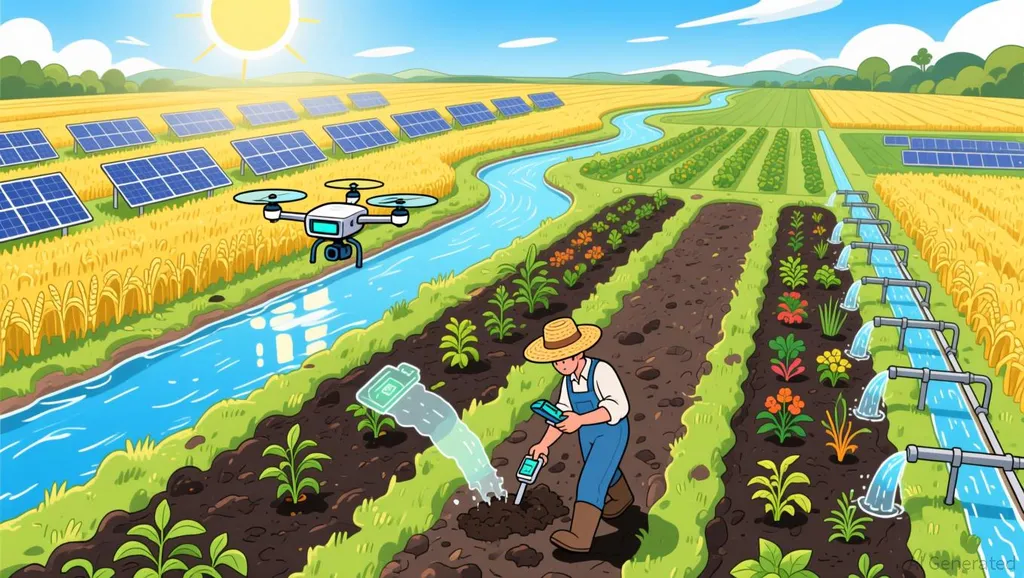As countries invest heavily in the infrastructure to support the artificial intelligence boom, a critical sector is raising concerns about the potential agricultural implications. Farmers and food-tech leaders are warning that the substantial electricity and water demands of data centers could increasingly compete with the resources essential for food production. This growing competition for resources is a challenge that policymakers are only beginning to address.
Gerard Lim, CEO of vertical-farming company Agroz, highlighted the issue at the Fortune Innovation Forum in Kuala Lumpur. He noted that nations are investing billions in new data centers to meet AI demands, which require vast amounts of electricity and water to power and cool servers. “The electricity that we’re using for our data centers and AI chips? Don’t forget that it is also required for us to grow food,” Lim emphasized. Some governments have already taken notice. Singapore temporarily halted data-center expansion in 2019 due to concerns about water and energy use, and in the U.S., states with significant data-center construction, such as Virginia, have seen electricity prices rise.
The strain on resources is not the only challenge. Population growth and rising incomes are driving demand for higher-quality food. “As we become richer, we want more protein,” said Richard Skinner, a partner in private capital at Olivia Wyman. Lensey Chen, Asia-Pacific president at biosolutions firm Novonesis, added that global food needs could rise by 50% by 2050. “It’s critically important to increase the yield, increase output from existing resources,” she said.
New farming technologies may offer a solution. Lim mentioned that Agroz has boosted yields by up to 500% using controlled environments that require 20 times less water than open-field farming. “Technology and innovation are very important for us to grow in less land and use less resources,” he said. However, Skinner stressed that agricultural progress doesn’t necessarily require cutting-edge tools. Many proven methods, such as greenhouses, improved irrigation, fermentation, and better livestock data, remain underutilized, particularly across Asia. He pointed to rice farming, which contributes roughly 8% of global carbon emissions. Traditional flooding of fields to suppress weeds and pests produces methane due to low-oxygen conditions. Skinner argued that drip irrigation, which delivers water directly to plant roots, could reduce water use and emissions.
Innovation in food production isn’t just about increasing yields; it’s also about enhancing taste and nutrition. Chen emphasized that improving the quality and health benefits of food is as important as sustainability. Novonesis is collaborating with the food industry, including Copenhagen’s three-Michelin-star restaurant Noma, to explore new fermentation-driven flavors. “We go food shopping not just because it’s sustainable. It’s because it’s tasty, it’s nutritious, it’s healthy, right?” Chen said. “They are masters of taste, and we are masters of fermentation.”
As the world grapples with the demands of the AI boom, the agricultural sector’s concerns highlight the need for a balanced approach to resource allocation. Policymakers and industry leaders must work together to ensure that the pursuit of technological advancement does not come at the expense of food security and sustainability.

